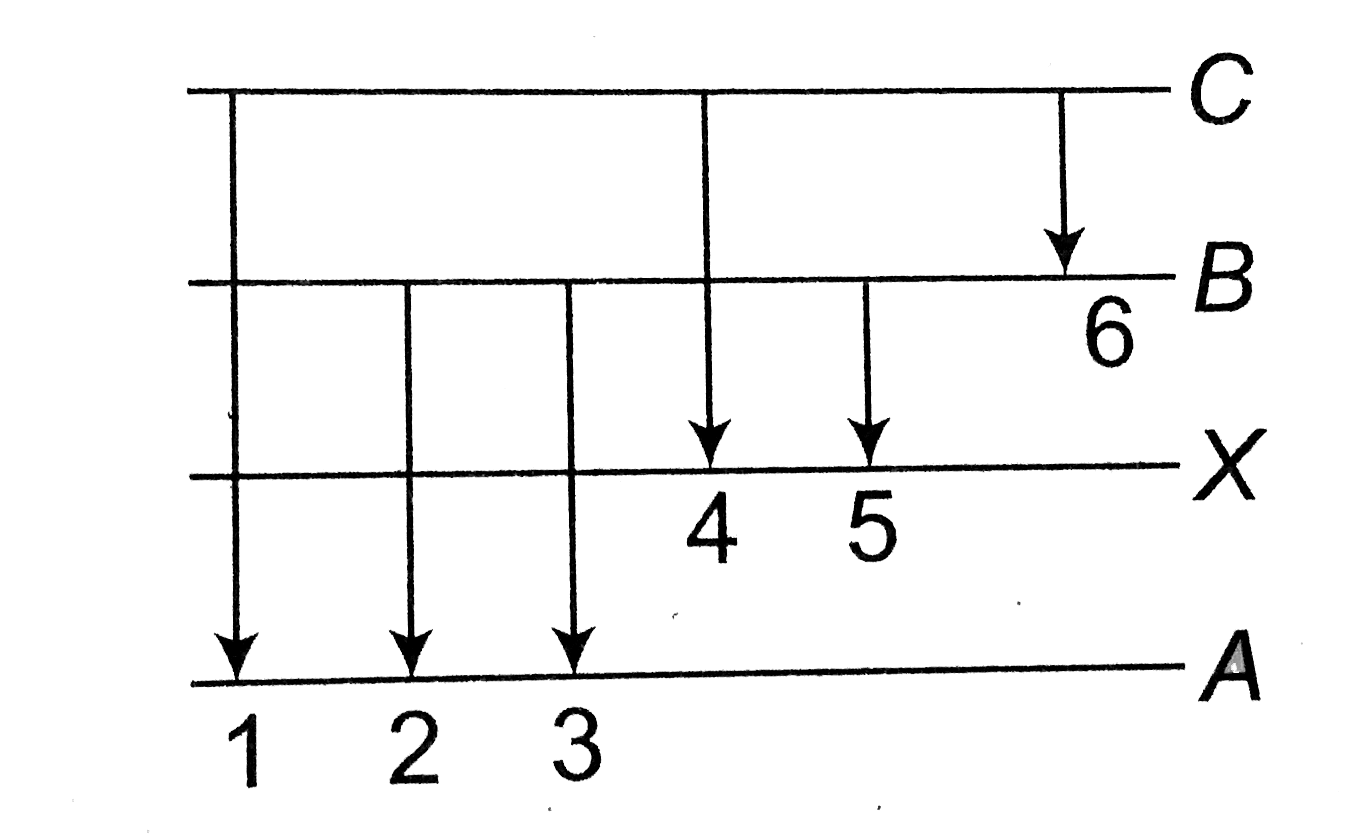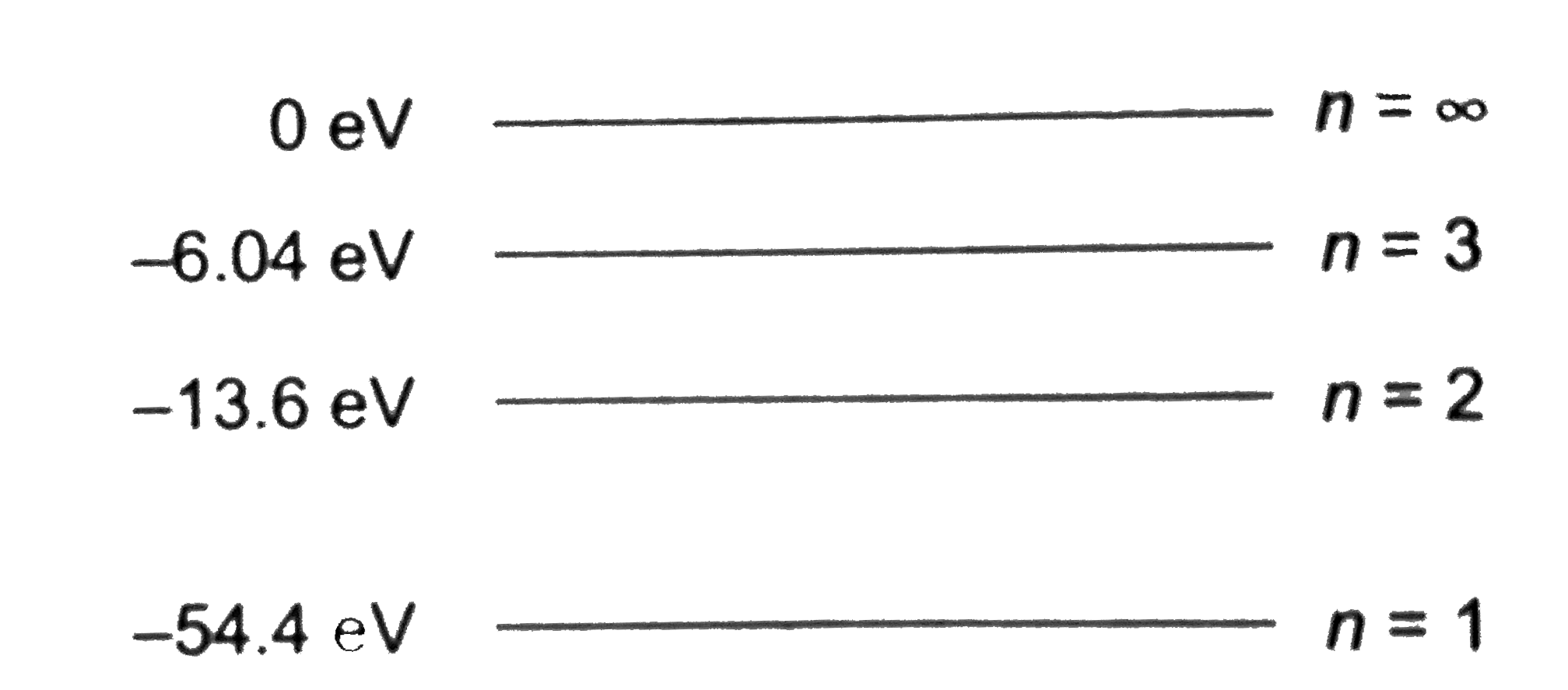Problems Based On Mixed Concepts from A2Z PHYSICS Chapter 2 ATOMIC PHYSICS for Class 12
| Class 12 | PHYSICS |
| Chapter | ATOMIC PHYSICS |
| A2Z PHYSICS | Problems Based On Mixed Concepts |
| Medium | English |
| Academic Year | 2023-2024 |
Question 1
A cathode ray tube contains a pair of parallel metal plates 1.0cm apart and 3.0cm long. A narrow horizontal beam of electron with a velocity of 3×107ms−1 is passed down the tube midway between the two plates. When a potential difference of 550V is maintained across the plates, it is found that the electron beam is so deflected that it just strikes the end of one of the plates. then the specific change of an electron (that is, the ratio of its charge to mass) in C/kg is :View SolutionQuestion 2
In Millikan's oil drop experiment an oil drop of radius r and change Q is held in equilibrium between the plates of a charged parallel plate capacitor when the potential change is V. To keep a drop radius 2r and with a change 2Q is equilibriu between the plates the potential difference V' required is:View SolutionQuestion 13
An electron in hydrogen atom after absorbing an energy photon jumps from energy state n1 to n2. Then it returns to ground state after emitting six different wavelength in emission spectrum. The energy of emitted photons is either equal to, less than or greater than the absorbed photons. then n1 and n2 areView SolutionQuestion 20
Electrons in a sample of gas containing hydrogen-like atom (Z=3) are in fourth excited state. When photons emitted only due to transition from third excited state to second excited state are incident on a metal plate photoelectorns are ejected. The stopping potential for these photoelectorns is 3.95eV. now, if only photons emitted due to transition from fourth excited state to third excited state are incident on the same metal plate, the stopping potential for the emitted photoelectrons will be appoximetely equal to View SolutionQuestion 23
Imagine an atom made up of a proton and a hypotnerical particle of double the mass of the electron but having the same charge as the electron. Apply the Bohr atom model and consider all possible transitions of this hypotnetical photon that will be emitted has wavelength λ (given in terms of the Rydberg constant R for the hydrogen atom) equal to View SolutionQuestion 28
Two hydrogen atoms are in excited state with electrons inn=2 state.First one is moving to wards left and emits a photon.' of energy E1 towards right. Second one is moving towards right with same speed and emits a photon of energy E2 towards right. Taking recoil of nucleus.into account during_emission process :View SolutionQuestion 29
A hydrogen like atom with atomic number Z is in an excited state of quantum number 2n. It can emit a maximum energy photon of 204 eV. If it makes a transition to quantum state n, a photon of energy 40.8 eV is emitted. Find n, Z and the ground state energy (in eV) of this atom. Also calculate the minimum energy (in eV) that can be emitted by this atom during de-excitation. Ground state energy of hydrogen atom is – 13. 6 eV.View SolutionQuestion 30
Consider a hydrogen-like atom whose energy in nth excited state is given by
En=13.6Z2n2
When this excited makes a transition from excited state to ground state , most energetic photons have energy
Emax=52.224eV. and least energetic photons have energy
Emax=1.224eV
Find the atomic number of atom and the intial state or excitation.View SolutionQuestion 35
In a sample of hydrogen-like atom all of which are in ground state, a photon beam containing photos of various energies is passed. In absorption spectrum, five dark lines, are observed. The number of bright lines in the emission spectrum will be (assume that all transitions takes place).View SolutionQuestion 36
A monochromatic radiation of wavelength λ is incident on a sample containing He+. As a result the Helium sample stars radiating. A part of this radiation is allowed to pass through a sample of atomic hydrogen gas in ground state. It is noticed that the hydrogen sample has stared emitting electrons whose maximum kinetic energy is 37.4eV.
(hc=12400eVÅ). Then λ isView SolutionQuestion 43
Imagine an atom made of a proton and a hypothetical particle of double the mass of the electron but having the same change as the electron. Apply the Bohr atom model and consider all possible transitions of this hypothetical particle of the first excited level. the longest wavelength photon that will be emitted has wavelength [given in terms of the Rydberg constant R for the hydrogen atom] equal to View Solution



